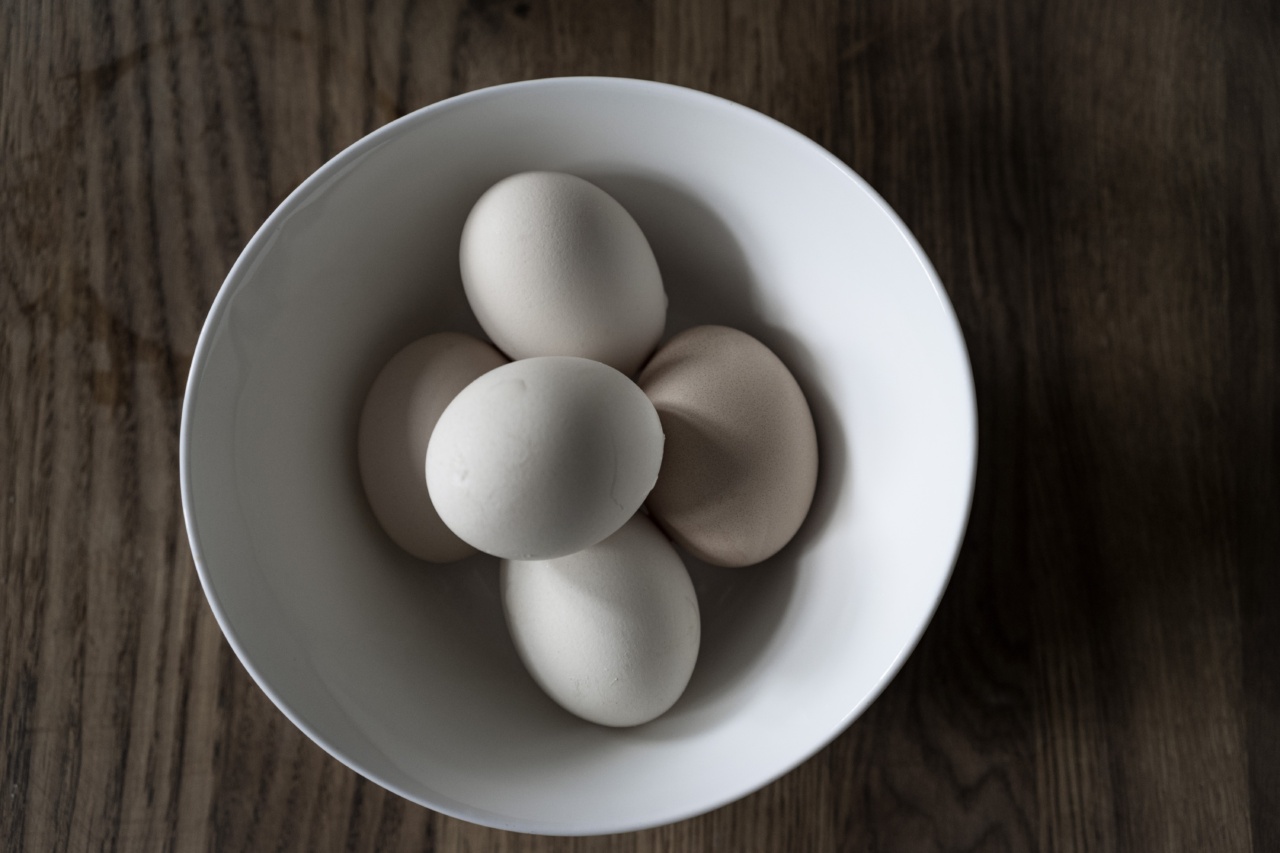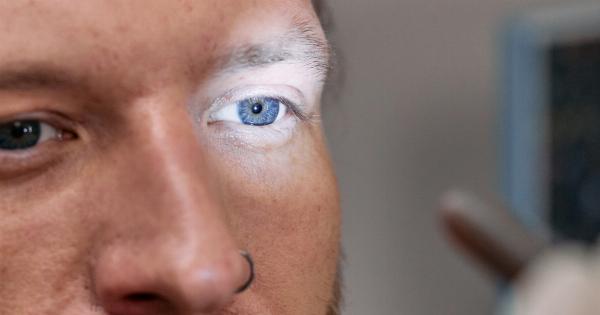Chicken breast is a popular source of lean protein that can be prepared in various ways. However, it is not uncommon to find white lines in chicken breasts that can cause concern among consumers.
These white lines are usually visible when the chicken breast is cooked, and some people claim they make the meat tough and unappetizing. In this article, we will explore what causes white lines in chicken breast and whether they are harmful or not.
What are White Lines in Chicken Breast?
White lines in chicken breast are thin streaks of white that run parallel to the muscle fibers of the meat. These lines are usually visible after the chicken is cooked and sliced.
Some people describe them as tough, chewy or rubbery, which can make the meat less desirable to eat.
What causes White Lines in Chicken Breast?
The exact cause of white lines in chicken breast is not fully understood, but several factors are believed to contribute to their formation. These factors include:.
1. Genetics:
Researchers have found that the selective breeding of chickens for better meat quality and fast growth can increase the incidence of white striping in chicken breast.
Birds that are genetically bred for rapid muscle growth and high meat yield are more likely to develop white lines due to the increased deposition of fat and connective tissue within the muscle fibers.
2. Diet:
The diet of chickens can also affect the formation of white lines in their breast meat. Birds that are fed high-energy diets rich in corn and soybeans are more prone to develop white stripes due to the buildup of fat in their muscle fibers.
3. Animal Husbandry Practices:
The way chickens are raised and managed can also play a role in the development of white lines in their breast meat.
Birds that are raised in overcrowded conditions, or subjected to stress, such as high stocking density, poor ventilation, and low hygiene levels, have higher chances of developing white stripes.
Are White Lines in Chicken Breast Harmful?
White lines in chicken breast are not harmful to eat, as they do not contain harmful pathogens or toxins. However, they can affect the texture and quality of meat, making it less tender and more chewy.
Chicken breast with white lines also tends to have lower nutritional value than meat without stripes, as the fat content is higher.
How to Reduce the Incidence of White Lines in Chicken Breast?
Reducing the incidence of white lines in chicken breast can be challenging, but there are some methods that can help:.
1. Select Quality Meat:
When buying chicken breast, look for meat that is free from visible white lines. This indicates that the chicken has been raised and fed with proper care and nutrition.
2. Choose Slow-Growing Breeds:
Slow-growing breeds of chickens tend to have lower fat deposition and are less prone to developing white lines in their breast meat. Examples of slow-growing breeds include Heritage, Dual-purpose, and Organic-free range chickens.
3. Improve Animal Husbandry Practices:
Improving the welfare and living conditions of chickens can help reduce stress and prevent the formation of white lines. This can be achieved by providing adequate space, proper ventilation, and hygiene management, as well as reducing stocking density.
4. Modify the Diet:
Modifying the diet of chickens to contain less energy-rich ingredients, such as wheat and barley, can help reduce the incidence of white lines in their breast meat.
Researchers have found that a reduction in dietary energy density can lead to a decrease in fat deposition within muscle fibers.
Conclusion
White lines in chicken breast are a common occurrence that can be attributed to genetics, diet, and animal husbandry practices. While they are not harmful to eat, they can affect the quality and nutritional value of the meat.
Reducing the incidence of white lines in chicken breast requires a concerted effort by breeders, farmers, and consumers to prioritize animal welfare and engage in more sustainable food production practices.





























